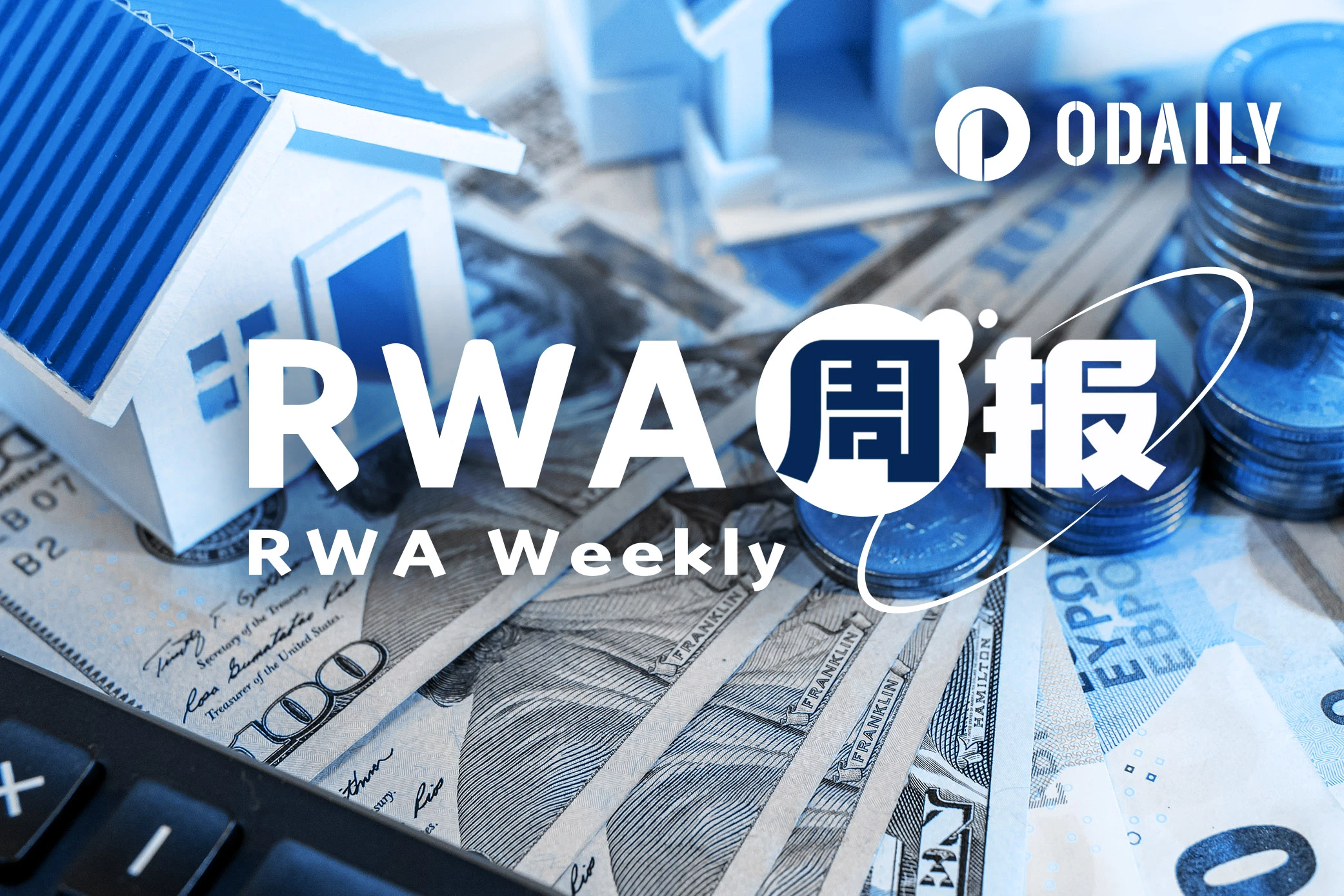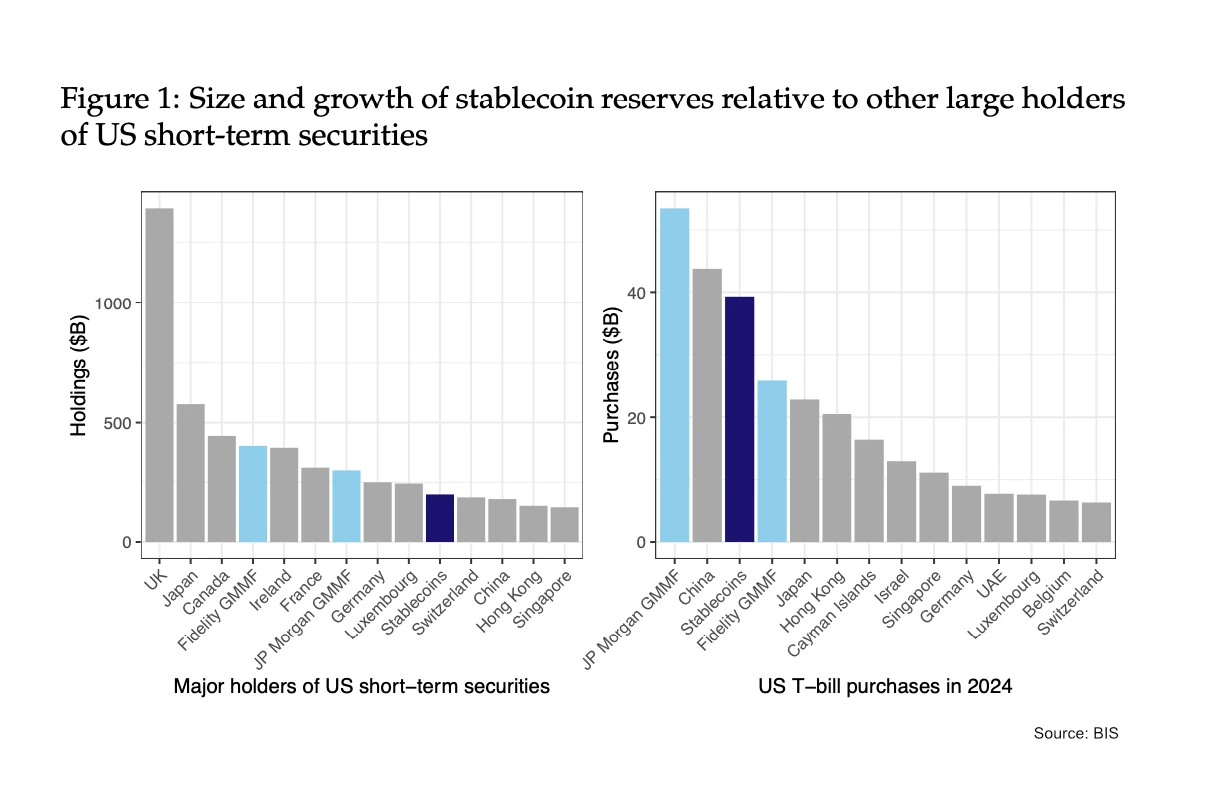Original | Odaily Planet Daily ( @OdailyChina )
Author | Ethan ( @ethanzhang_web3 )

RWA Sector Market Performance
According to the latest data from RWA.xyz, as of June 3, 2025, the total value of RWA on the chain reached $23.23 billion, an increase of about 1.17% from $22.96 billion on May 27. The total number of on-chain asset holders increased significantly, from 102,846 to 113,670, an increase of 10.54%. The number of asset issuances increased from 192 to 193. At the same time, the total value of stablecoins increased slightly from $234.76 billion to $235.81 billion, an increase of 0.45%; the number of stablecoin holders also increased from 164.34 million to 165.42 million, an increase of 0.66%.
From the perspective of asset categories, private credit continues to maintain its dominant position, with its value increasing from US$13.3 billion to US$13.4 billion. Although its proportion has slightly adjusted, it is still the most core component of the current RWA ecosystem. US Treasury Debt has grown more significantly, from US$7.1 billion to US$7.3 billion, and its proportion continues to rise, indicating that the markets demand for safe assets is increasing.
Commodities remained stable at $1.5 billion, while institutional alternative funds increased from $518.3 million to $527.8 million. Although the increase was limited, it showed a continuous upward trend. It is worth noting that public equity was clearly disclosed for the first time this week as $317.4 million, and this type of asset may begin to receive more attention.
What is the trend (compared to last week )?
Private credit assets continued to grow, indicating that their dominant position in the on-chain asset system is stable. The growth of U.S. Treasury assets was relatively more prominent, and their proportion has steadily increased, reflecting that in the current global macro environment, investors risk appetite is tilted towards defensive assets; small asset classes such as commodities and alternative funds maintained a slight increase, showing the continued existence of institutional demand for diversified asset allocation and hedging; the separate disclosure of stock assets means that the platform attaches more importance to its tracking and transparency, which may become an important direction for RWA asset expansion in the future.
In summary, this week, the assets on the RWA chain maintained an overall stable growth trend (which has lasted for several weeks) , and the investment structure is based on the combination of high yield + stable defense as the core framework. It is recommended that investors continue to pay attention to private credit opportunities while gradually increasing the allocation of low-volatility assets such as US Treasury bonds and alternative funds ; for newly disclosed categories such as stocks, they can also maintain medium- and long-term tracking to explore their development potential and allocation value in the RWA structure. In terms of overall strategy, the asset structure should be dynamically adjusted on the basis of risk control to achieve a dual balance between stable returns and long-term layout.

Review of key events
The U.S. Senate may vote on the GENIUS stablecoin bill as early as June 9
The U.S. Senate is negotiating amendments to the bipartisan GENIUS Act, which could be voted on as early as June 9.
Market News: BlackRock plans to buy 10% of Circle Internets IPO shares
BlackRock plans to subscribe to about 10% of Circles proposed IPO, indicating its high confidence in the stablecoin market. USDC issuer Circle plans to raise up to $624 million through the IPO, which is expected to be priced on June 4.
The latest research from the Bank for International Settlements (BIS) points out that the impact of the stablecoin market on U.S. Treasury bond interest rates is becoming increasingly significant, especially for short-term Treasury bonds. The report states that in 2024, stablecoin issuers became the third largest net buyer of U.S. Treasury bonds, and their holdings have exceeded those of many countries, including China. BIS estimates that if stablecoin issuers sell $3.5 billion in Treasury bonds, short-term interest rates will rise by 6-8 basis points, while an equal amount of purchases will only lower interest rates by about 3 basis points.
The study also warned that the continued expansion of stablecoins could weaken the Feds ability to regulate interest rates and even bring about systemic financial risks. BIS pointed out that this situation is similar to the Greenspan paradox in the early 2000s, when a surge in overseas debt holdings caused the Feds policies to fail. In addition, some governments indirectly intervene in interest rates by encouraging stablecoins to invest in government bonds, which may affect the independence of the central bank and trigger more discussions on regulation and stability.

Sony considers issuing stablecoins for internal finance and consumer payments
According to fintech expert Simon Taylor, Sony is exploring the possibility of issuing its own stablecoin, which it plans to use for internal financial management and consumer payment scenarios. In its latest investor day event, Sony said that this move is intended to improve the efficiency of fund operations, reduce cross-border costs, and adapt to the popularization trend of encrypted payments.
Sony has not yet announced the specific implementation plan and regulatory response details, but this move marks the further deepening of the integration of large technology companies and digital finance. Taylor pointed out that the stability and efficiency of stablecoins make them an ideal tool for corporate operations and user payments. Sonys entry may drive more traditional companies to pay attention to this field.
Dubai Land Department Launches Prypco Mint, a Real Estate Tokenization Platform Based on XRP Ledger
Dubai Land Department (DLD) has partnered with real estate fintech company Prypco and infrastructure provider Ctrl Alt to launch the first real estate tokenization platform, Prypco Mint. The platform tokenizes property title deeds and synchronizes official real estate records, deployed on the XRP Ledger blockchain. The move is part of a government-backed project that is expected to tokenize 7% of Dubais real estate market, or $16 billion, by 2033. The platform currently only supports transactions in UAE dirhams and is only available to Emirates ID holders, with global access to be expanded in the future. Zand Digital Bank serves as its banking partner, and supervision is provided by the Central Bank of the UAE, the Dubai Virtual Asset Regulatory Authority (VARA) and the Dubai Future Foundations real estate sandbox.
Hot Project Dynamics
Ondo Finance (ONDO)
Official website: https://ondo.finance/
Introduction: Ondo Finance is a decentralized financial protocol that focuses on the tokenization of structured financial products and real-world assets. Its goal is to provide users with fixed-income products such as tokenized U.S. Treasuries or other financial instruments through blockchain technology. Ondo Finance allows users to invest in low-risk, highly liquid assets while maintaining decentralized transparency and security. Its token ONDO is used for protocol governance and incentive mechanisms, and the platform also supports cross-chain operations to expand its application scope in the DeFi ecosystem.
Recent developments: On May 28, it was announced that Ondo Global Markets will tokenize and put NYSE and NASDAQ stocks and ETFs on the blockchain, with the following features:
24/7 Accessibility: Trade around the clock.
Support margin trading: can be used for leveraged trading.
DeFi composability: seamless integration with decentralized finance protocols.
On May 29, Ondo announced that Zodia Custody now supports USDY, and support for OUSG (tokenized U.S. Treasury Fund) is coming soon. On the evening of May 30, the Ondo website ( ondo.finance ) was maintained for about 30 minutes to upgrade the infrastructure.
Plume Network
Official website: https://plumenetwork.xyz/
Introduction: Plume Network is a modular Layer 1 blockchain platform focused on the tokenization of real-world assets (RWA). It aims to transform traditional assets (such as real estate, art, equity, etc.) into digital assets through blockchain technology, lowering the investment threshold and improving asset liquidity. Plume provides a customizable framework that supports developers to build RWA-related decentralized applications (dApps) and integrate DeFi and traditional finance through its ecosystem. Plume Network emphasizes compliance and security, and is committed to providing solutions that bridge traditional finance and the crypto economy for institutional and retail investors.
Latest news: On May 28, Plume announced the official launch of Plume Genesis (Phase 1 of the mainnet), allowing users to borrow, earn and stake RWA through Morpho Labs on the first day. On the same day,
Plume launches Plume Starboard (a tool for tracking and rewarding community contributors through the Galxe platform). Users can improve their ranking and receive rewards by participating in ecosystem tasks (such as staking and providing liquidity).
On May 29, Plume Network issued an announcement to mourn the unexpected death of its co-founder Eugene . Officials said that Eugene was a talented, curious and passionate leader who made great contributions to the development of Plume. The team is in shock and grief and promised to continue to advance Eugenes vision.
Related articles
RWA Weekly Report Last Week: Sorting out the latest industry insights and market data.
《 Asset transformation under the RWA boom and the ecological leap of Coinsidings 》
From the launch of the real estate RWA in Dubai to the expansion of the Coinsidings global tourism asset chain, we are witnessing a new narrative about asset freedom and equal distribution.
Hong Kong, big good news! This sector has soared collectively!
The A-share digital currency sectors collectively soared, and three securities firms, Huaxi Securities, Guohai Securities and China Merchants Securities, discussed the impact of the Hong Kong Stablecoin Bill on the future market.










